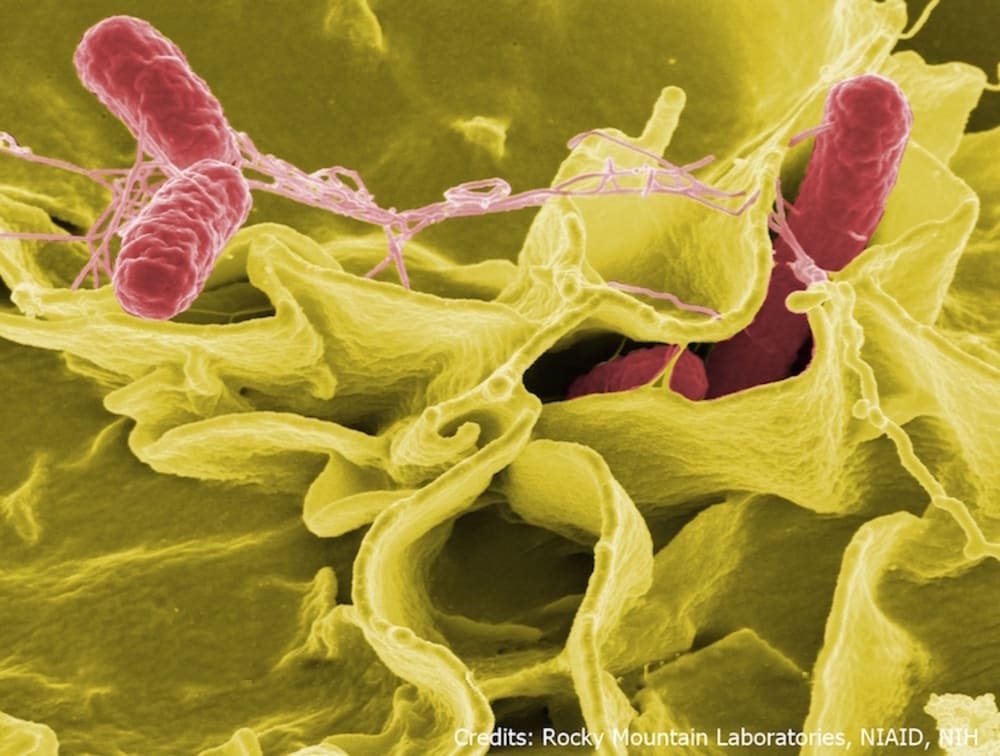3D in vitro biomimetic platform development for synergistic studies
NASA Langley Research Center has developed a method and apparatus to be used for cell culture that combines the effects of microgravity and low dose radiation. The technology has been developed to simulate the effects of microgravity and chronic radiation exposure to cell culture experiments conducted on the International Space Station (ISS).
Benefits
* Platform for accelerated vaccine development
* Mimics the effects of microgravity and radiation found aboard the International Space Station
Applications
* Cell culture technologies
* Drug discovery
The Technology
Recent experiments conducted aboard the ISS have led to the rapid development of vaccine candidates for infectious diseases, including MRSA and salmonella. This is due to activation of biological pathways and expression of biomarkers indicative of enhanced virulence that are not normally observed in terrestrial environments. The technology integrates a radiation source with a microgravity-simulating rotating-wall vessel for cell cultures to express enhanced virulence or otherwise unexpressed biological pathways that could potentially assist in drug development efforts. The invention more closely mimics the ISS environment than microgravity bioreactors that are currently commercially available.
Like this entry?
-
About the Entrant
- Name:Nasa Langley Research Center
- Type of entry:teamTeam members:LARC Technology Gateway
- Patent status:none

